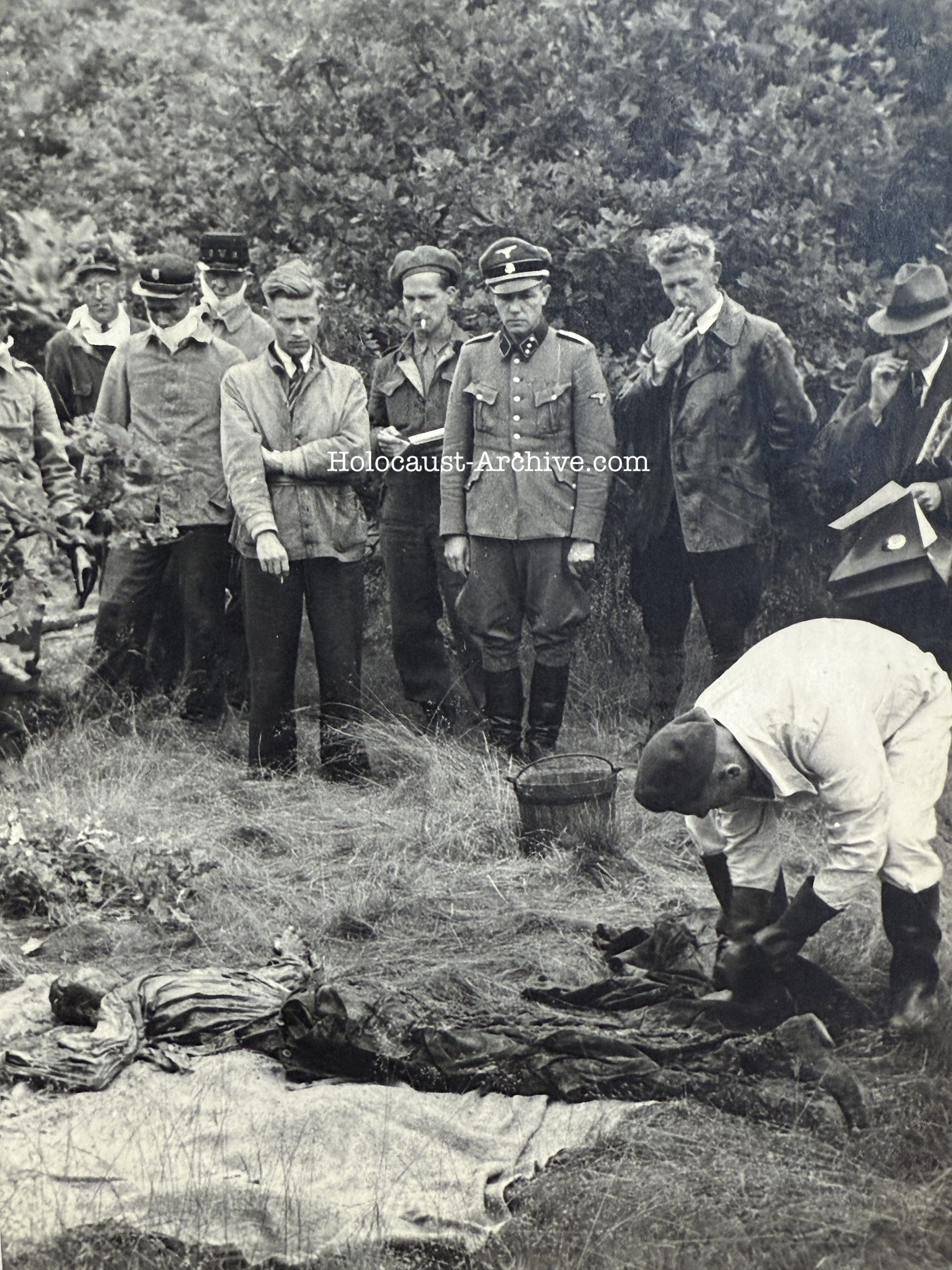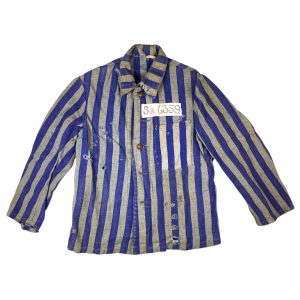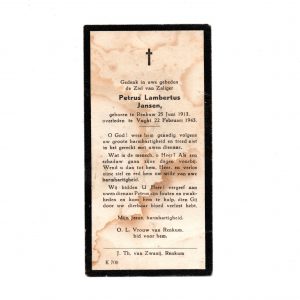Amersfoort – Camp commander Karl Peter Berg during the exhumation of victims
During the liberation of the Netherlands in 1945, the atrocities committed by the Nazis increasingly came to light.
One of the most shocking discoveries took place at Kamp Amersfoort, a notorious transit and penal camp where thousands of prisoners were imprisoned, abused, and executed by the German occupiers.
Kamp Amersfoort was officially liberated on April 19, 1945.
The photo above, taken shortly after the liberation, shows a confronting moment: the exhumation of victims who had been buried in the woods surrounding the camp.
In the foreground, a man in protective clothing is working to recover the bodies.
In the background, several onlookers can be seen, including members of the German occupying forces, police officials, and civilian observers.
At the center of the image is Karl Peter Berg, the commandant of Amersfoort camp.
Berg was known for his cruelty and harsh disciplinary measures.
Under his leadership, countless prisoners were tortured and executed. During the exhumations, he, along with other German officials, was confronted with the direct evidence of his crimes.
After the liberation, the Allies and Dutch authorities carried out systematic exhumations in places where mass graves were suspected.
The purpose was not only to ensure a dignified reburial of the victims, but also to collect evidence for future war crimes trials.
In Kamp Amersfoort, dozens of bodies were found in the surrounding forests.
The victims were mostly resistance fighters, political prisoners, or prisoners randomly selected for execution as reprisals.
After the war, Berg was arrested and tried for war crimes.
Testimonies from survivors, together with the forensic evidence from these exhumations, played a crucial role in his conviction.
In 1949, he was sentenced to death and executed.




